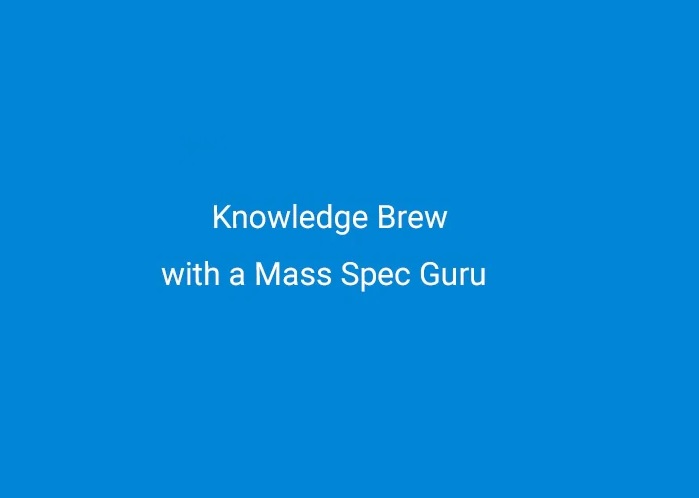Experts Webinar Series: Small Molecule Pharma

Agilent Technologies: Experts Webinar Series: Small Molecule Pharma
Application of 2D-LC-Q-TOF in the Structural Elucidation of Small Molecular Impurities during the Analysis of Active Pharmaceutical Ingredients
Two-dimensional liquid chromatography (2D-LC) has become well-known for its capability of separating complex mixtures. High resolving power and efficiency are the two most significant characteristics of 2D-LC. In the past decade, there is a growing interest in applying this efficient technology in the pharmaceutical industry, including the area of small synthetic molecules analysis. Special attention has been paid to complications that 1D-LC could not solve, such as the “hidden” or “non-resolved” peaks during the analysis of active pharmaceutical ingredients, the use of MS incompatible solvents during the LC-MS analysis, etc. In this presentation, the application of the Agilent 2D-LC-Q-TOF in the structural elucidation of impurities of small molecules will be discussed through several case studies.
Presenter: Ivan Dai, PhD (Senior Scientist, Takeda)
Ivan Dai earned his Bachelor of Science in Food Science from China Agricultural University in 2008. After earning his Master of Science in Food Science from Virginia Tech, he received his Ph.D. in Natural Products and Medicinal Chemistry in 2013, working with Professor David Kingston. Following completion of his graduate studies, he spent an additional three years at Virginia Tech doing post-doctoral training in the area of enzymology and chemical biology. After working briefly as a senior research associate in a biopharma Continuum Biosciences, he joined the Structural Characterization group in Analytical Development at Takeda Pharmaceuticals in Cambridge, MA in 2019. He is currently a Senior Scientist at Takeda with research interests involving structural elucidation of impurities as well as leachables and extractables generated during API process by LC-MS, GC-MS, NMR, together with other analytical methods, including novel techniques (2D-LC-Q-TOF, RDC measurement, forced degradation etc.). In his spare time, Ivan also serves as a topic editor for the journal Biomolecules (MDPI).
Algorithms and Workflows for Identification of Impurities and Metabolites
Automated algorithms and workflows for the analysis of small molecule impurities and metabolites will be discussed. High resolution accurate mass (HRAMS) results are necessary for the use of these algorithms. The two main types of HRAMS analyzers will be briefly compared and contrasted. The use of mass defect, common reporter or fragment ions, and common neutral loss ions in an automated workflow are reviewed. Methodology for maximizing duty cycle such as preferred lists, exclude lists, and mass defect directed MSMS are also described. The characterization of unknown candidates via library matching and database matching are important parts of the workflow. Agilent library matching and MSC structure elucidation along with open source structure elucidations like CFM-ID and Sirius will also be discussed.
Presenter: Jim Lau, PhD (HRAMS LC/MS Application Engineer, Agilent Technologies, Inc.)
Jim Lau received his Ph.D. From the University of Colorado. There he worked in the laboratories of Peter Albersheim and Robert Shapiro. This work involved the structure elucidation of plant natural products and, in particular, elucidating the structures of oligosaccharides derived from plant cell wall polysaccharides. This work was done in the early days of LCMS and made use of DLI-LCMS and (at the time) recently invented Thermospray-LCMS.
After the completion of his Ph.D., Jim joined Hewlett-Packard to work on LCMS ionization techniques with Paul Goodley during the early days of Electrospray-LCMS. He then moved to work on field applications and collaborations with Hewlett-Packard’s LCMS customers. More than 30 years later, Jim continues to work with Agilent’s customers in High Resolution Accurate Mass applications of LCMS. While involved in many areas of HRAMS LCMS, his recent work has focused on the area of Screening/Qual&Quant of small molecules and on the high throughput confirmation of oligonucleotidesynthesis.